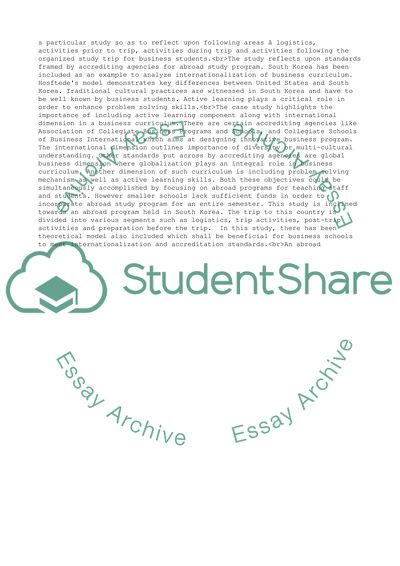Cite this document
(Final assignment Case Study Example | Topics and Well Written Essays - 1750 words, n.d.)
Final assignment Case Study Example | Topics and Well Written Essays - 1750 words. https://studentshare.org/business/1878849-final-assignment
Final assignment Case Study Example | Topics and Well Written Essays - 1750 words. https://studentshare.org/business/1878849-final-assignment
(Final Assignment Case Study Example | Topics and Well Written Essays - 1750 Words)
Final Assignment Case Study Example | Topics and Well Written Essays - 1750 Words. https://studentshare.org/business/1878849-final-assignment.
Final Assignment Case Study Example | Topics and Well Written Essays - 1750 Words. https://studentshare.org/business/1878849-final-assignment.
“Final Assignment Case Study Example | Topics and Well Written Essays - 1750 Words”. https://studentshare.org/business/1878849-final-assignment.


